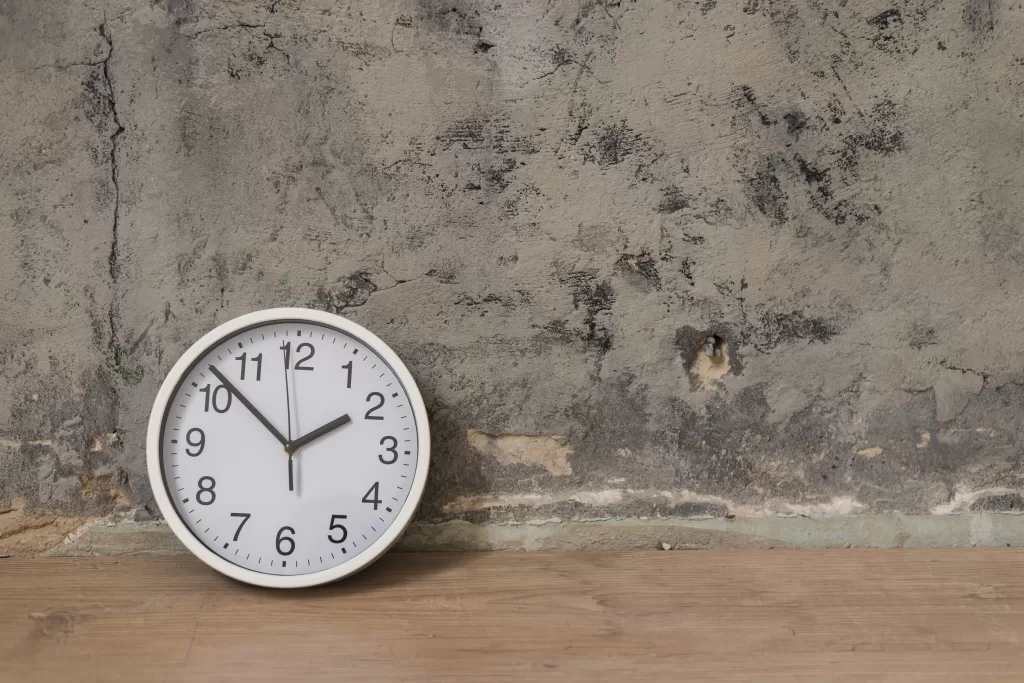Initial Setting Time and Final Setting Time of Cement

Cement is a material in construction that undergoes significant transformation stages. It converts from its fluid state to a solid, load-bearing form, which makes it capable of supporting structures. Such transformation involves the initial and final setting. These are two critical parameters that impact the workability and strength of the cement. Understanding the initial and final setting time of cement helps you assess and control the quality of construction projects. Read on to learn about these setting times in detail.
What is the Initial Setting Time of Cement?
The initial setting time of cement refers to the duration it takes for the cement to begin hardening after the water is added. This is the period when the cement paste starts losing its plasticity and transition into a solid mass. The initial setting time varies based on the type of cement and environmental factors. However, the standard time taken in the initial setting is not less than 30 minutes. The key is to get the best cement in India as it adheres to the optimal setting time.
What is the Final Setting Time of Cement?
The final setting time of cement is the point when the cement has hardened and can withstand pressure without deformation. It is when concrete achieves its usable hardness, completing the transition from its plastic to solid state. Typically, the final setting time ranges anywhere between six to ten hours. Similar to the initial setting time, it can vary depending on external factors and cement type. There is no malleable quality left in the cement at this stage.
For reliable results and superior performance, choose JK Cement. Get your hands on its high-quality cement products for your diverse construction needs.
Significance of Initial and Final Setting Time of Cement
Learning how initial and final setting time of cement work is important for you as a builder or engineer for the following reasons:
Assess Workability
Understanding the setting time ensures you can gauge the workability of the cement. This way, you can mix, transport and place the concrete cement in the desired form without premature hardening or cracks.
Ensure Durability
Treating the cement with the care required during the initial and final setting time ensures it gains strength progressively. As a result, it becomes highly durable for long-term use. You don’t face issues like cracking or weakening over time.
Schedule Projects
By knowing the initial setting and the final setting time of concrete, the project managers working on your construction venture can schedule tasks more efficiently. They can reduce delays and ensure proper handling of the concrete.
Difference Between Initial Setting Time and Final Setting Time of Cement
Some of the main differences between the initial and the final setting time of cement are explained as follows:
Different Stages
The initial setting time marks the beginning of the cement losing its plasticity. The cement remains workable at this stage. On the other hand, the final setting time signifies the completion of the hardening and forms a solid cement.
Testing Approach
In the initial setting time, the cement begins the process of hardening, which is tested with a Vicat needle test. At this stage, the needle penetrates the paste to a depth of 5 mm, while the same needle fails to penetrate the paste at the final setting time.
Strength Development
In the initial setting time, cement transitions to a semi-solid state, but it develops no real strength. After the final setting time, the cement begins to gain strength.
Understanding these differences will help you handle the cement during these stages carefully. You can also choose the right cement company to procure quality cement to ensure it optimally settles.
Factors Affecting the Initial and Final Setting Time of Cement
The factors that can influence the initial and final setting time of cement are:
- Cement composition which affects the fineness of the cement and the presence of salts has a bearing on the setting times.
- A higher water-cement ratio can delay the setting time, while a lower ratio speeds it up.
- Higher temperature accelerates setting time, while colder conditions slow them down.
- The addition of retarders, accelerators, or other chemicals significantly alters the setting times.
Conclusion
The initial and final setting time of cement are crucial parameters that affect its performance and durability. Now that you have learned about these two setting times, their differences, and the factors affecting them, you can work with them more effectively. Besides understanding the setting times, you also need to invest in the right kind of cement. You can invest in good quality options like super protect cement for house construction for the success of your project.
Your search for high-quality cement ends with JK Cements. Explore the premium range of products now!
FAQs
What is the initial setting and final setting time of a quick setting cement?
With a quick setting cement, the initial setting time is typically around 5 to 10 minutes. The final setting time, on the other hand about 30 minutes to an hour.
What happens if the cement sets too quickly or slowly?
If the setting time is too short, the concrete may harden before proper placement, leading to cracks. If it’s too long, it could cause a delay in construction schedules.
Is it possible to delay the initial setting time of cement?
Yes, you can delay the initial setting time of cement for large projects where extended workability is required. You can do so by slowing down the hydration process with retarders.